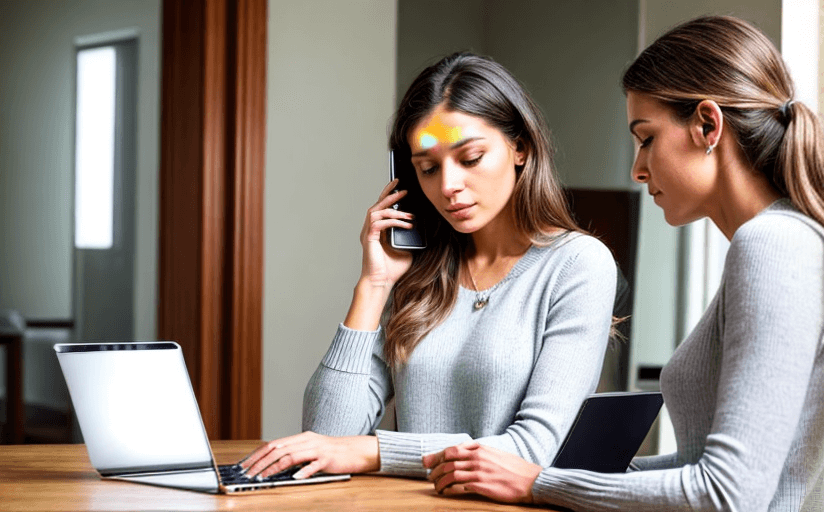Exploring How Social Media Has Shifted Beauty Standards Over the Last Decade
In the last decade, social media has drastically changed the way we interact, consume news, and view beauty standards. From filtered images to celebrity and influencer endorsement of products, the prevalence of social media has led to an increase in unrealistic beauty standards, and these standards have had a wide-reaching impact on different demographics and generations.
The Prevalence of Filtered Images
The prevalence of filtered images on social media has led to an increase in unrealistic beauty standards. These images are often edited to make people look thinner, tanner, and more flawless than they really are, creating an unattainable version of beauty. This has led to an increase in body dysmorphia and anxiety, as people feel inadequate when comparing themselves to these filtered images.
The Influence of Celebrities and Influencers
Celebrities and influencers have a huge influence over beauty standards on social media. They often promote products that promise to make you look like them, and these products are often expensive and difficult to obtain. This creates an unrealistic standard of beauty that is unattainable for most people, and it can be damaging to people’s self-esteem.
The Pressure to Conform
The pressure to conform to beauty standards on social media is immense. People are inundated with images of perfect-looking people, and they often feel the need to conform in order to fit in. This can lead to a fear of being judged or rejected, and it can cause people to put too much emphasis on their appearance.
The Impact on Different Demographics and Generations
The shift in beauty standards on social media has had a wide-reaching impact on different demographics and generations. Young people are particularly vulnerable to this type of pressure, as they are more likely to compare themselves to others and feel the need to conform. This can lead to an increase in mental health issues, and it can lead to people feeling inadequate and ashamed of their appearance.
The Role of the Beauty Industry
The beauty industry has played an important role in perpetuating unrealistic beauty standards on social media. They often create campaigns that feature airbrushed models who look perfect, and they often market products that promise to make people look like the models. This creates an unattainable standard of beauty that can be damaging to people’s self-esteem.
Conclusion
Social media has drastically changed the way we view beauty standards over the last decade. Filtered images, celebrity and influencer endorsement of products, and the pressure to conform have all contributed to an increase in unrealistic beauty standards. This shift has had a wide-reaching impact on different demographics and generations, and the role of the beauty industry in perpetuating these standards cannot be overlooked. While there are some positive aspects to this shift, such as increased representation of diverse body types, it is important to be aware of the potential negative impacts, and to take steps to counteract them.

















Comments
Leave a Comment